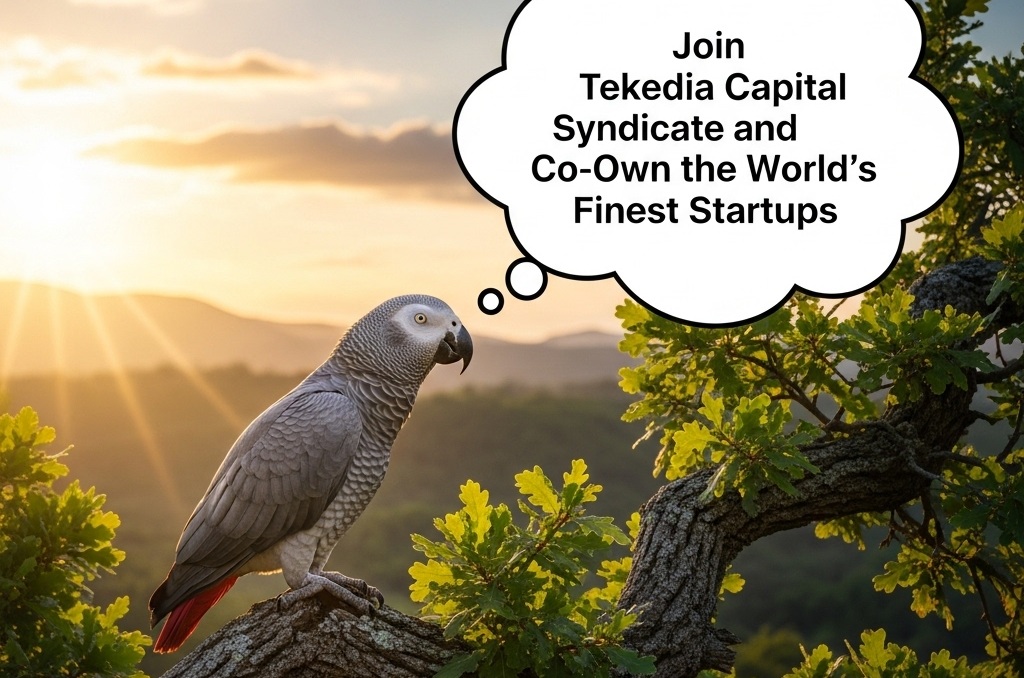Elon Musk Says Tesla’s Optimus Robots Could Eliminate Poverty, Transform Global Economy
Tesla CEO Elon Musk has laid out an ambitious vision for the company’s humanoid Optimus robots, predicting they could reshape the global economy and drastically reduce human labor needs — even potentially eliminating poverty.
Speaking at Tesla’s annual shareholder meeting on Thursday, Musk tied the futuristic robot initiative to the ambitious targets behind his recently approved $1 trillion pay package.
Musk painted a picture of a future in which Optimus robots operate continuously, multiplying human productivity many times over.
Register for Tekedia Mini-MBA edition 19 (Feb 9 – May 2, 2026): big discounts for early bird.
Tekedia AI in Business Masterclass opens registrations.
Join Tekedia Capital Syndicate and co-invest in great global startups.
Register for Tekedia AI Lab: From Technical Design to Deployment (begins Nov 15th).
“There’s a limit to much how much AI can do in terms of enhancing the productivity of humans, but there is not really a limit to AI that is embodied,” he said, emphasizing the potential of physical AI to outperform humans in labor-intensive tasks.
He predicted that each Optimus robot could achieve five times the productivity of a human worker per year, operating 24/7.
While the robots are still in the design stage and Tesla has faced challenges perfecting their dexterity — particularly their hands — Musk outlined a broader economic vision. He suggested that Optimus could help solve societal problems such as poverty and incarceration. Instead of traditional prisons, Musk said robots could “follow you around and stop you from doing crime.” He claimed Optimus could make working optional, envisioning a “benign scenario” in which society enjoys universal high income and access to products and services without traditional labor.
The shareholder meeting underscored the financial stakes tied to this vision. Musk’s historic pay package, approved with more than 75% support, ties payouts to achieving extraordinary corporate milestones, including the sale of one million Optimus robots over the next decade. The compensation structure is intended by Tesla’s board to keep Musk focused on executing his ambitious plans while aligning his financial incentives with shareholder value.
Musk also framed Optimus within a broader narrative of “sustainable abundance,” a central theme in Tesla’s Master Plan Part IV. He argued that AI and robotics are essential to preventing economic crises, suggesting that these technologies could boost the global economy by a factor of 10 or even 100.
“I came to the conclusion that the only way that the only way to get us out of the debt crisis and to prevent America from going bankrupt is AI and robotics,” Musk said.
In Musk’s vision, the future robotic economy also presents significant social and economic disruption. He acknowledged that while automation could create abundance, the transition may entail considerable trauma. Musk emphasized that robots would replace most jobs, making work optional in a society where AI and automation provide the essentials.
The concept of robots enabling universal basic income aligns Musk with other tech leaders who have explored similar ideas. Sam Altman, CEO of OpenAI, conducted a basic income pilot in 2024, while Facebook cofounder Chris Hughes and eBay founder Pierre Omidyar have publicly advocated for a universal basic income as a response to technological disruption.
Despite the bold claims, Optimus remains a production challenge. Tesla has staged public demonstrations showing robots handing out candy, performing martial arts routines with celebrities, and dancing at shareholder events, but mass production is still years away. Musk projects that once Optimus reaches volume production, it could be sold for $20,000 to $30,000 per unit.
Musk’s vision merges radical technological ambition with social and economic theory, positioning Tesla’s humanoid robots as both a driver of corporate growth and a potential engine for global prosperity. Achieving the Optimus sales targets could unlock Musk’s trillion-dollar compensation package and cement the company’s leadership in robotics and AI, while failure could underline the immense challenge of realizing such sweeping societal change.
This marks a dramatic moment in Tesla’s push beyond electric vehicles, as the company bets that humanoid robots, long considered a sci-fi dream, could soon become a transformative economic force.

